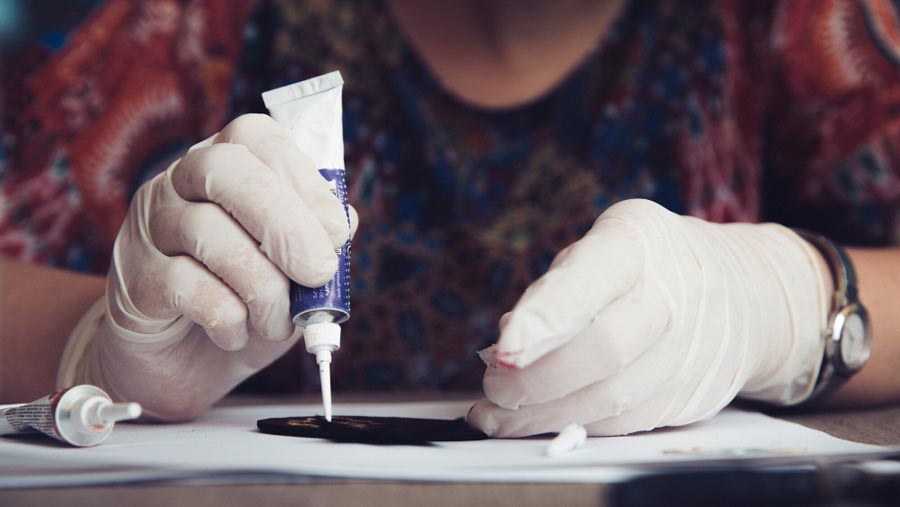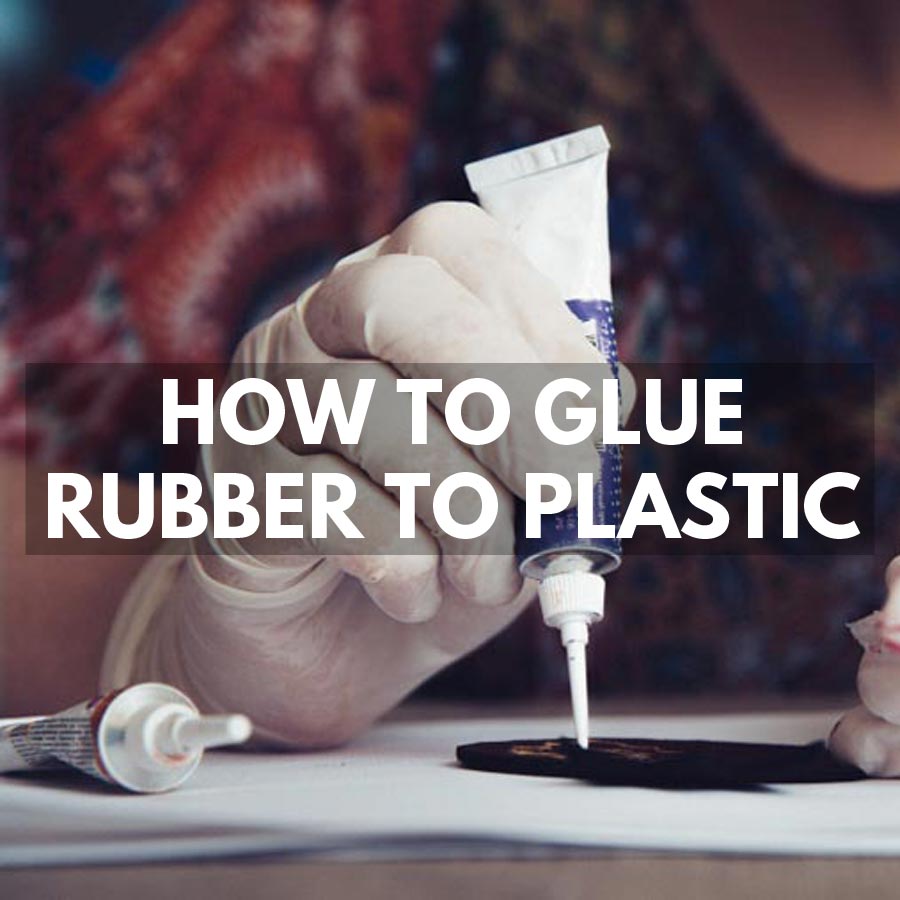How to Glue Plastic to Rubber with Super Glue
Bonding plastic and rubber together quickly requires knowing how to glue plastic to rubber with super glue which will set in around 30 seconds. This is the fastest and easiest way to make a fast adhesion between small rubber and plastic surfaces.
Rubber is part and parcel of our daily lives. As a result of there being many rubber types, you can use rubber for virtually anything. That being said, there often occurs a need to glue rubber to something else to make an item or to make the rubber a bit stronger.
Plastic is the most common material that is glued to rubber. Because of the many forms of rubber, different glues perform differently when used to adhere the plastic to rubber. Notwithstanding, some glues will perform better than all the others, irrespective of the type of rubber or plastic.
What Glues Bond Plastic to Rubber?
Cyanoacrylate is perhaps the best glue to use when you want to glue rubber and plastic together. Additionally, it is also great when you want to glue rubber to glass and other substances. Cyanoacrylate is an acrylic polymer, and the reason why it is such a powerful glue is that once the curing process is complete, it transforms into plastic.
How to Apply Cyanoacrylate Glue
ALways wear gloves and eye protection when working with superglue as it can set in just seconds and can cause serious injuries if you aren’t careful.
Preparation
Before you apply the glue, you need to make sure that the surfaces, in this case, the rubber and plastic, are clean and that you have cleared every trace of grease, oil, or any other impurity. At times, if the plastic or the rubber was painted beforehand, you will be required to have sandpaper to remove the paint or the finish applied to them.
You will also need to prepare the Cyanoacrylate glue. Though you can apply some brands of the glue directly, and the result will be sufficient, you will find that most Cyanoacrylate glue brands will take some time. For this reason, you may use a super glue accelerator, sometimes referred to as a CA glue activator.
The glue activator speeds up the adhering process significantly, and thus you will not be forced to stay there waiting for the rubber and plastic to stick together for hours. Some glue activators are applied before the glue is applied on the surfaces, while others are applied after the glue has been applied.
Application
Once you have made sure that the surfaces and glue are sufficiently prepared, you can now apply the glue. It is recommended that you use a single drop for every square inch of the materials. Additionally, you need to ensure that you apply the glue on only one of the surfaces being adhered, and then lay the other over it.
Once you have applied the glue, make sure that you apply a bit of pressure on the two items to stick together. Do not, however, exceed moderate pressure, as too much of it can result in not-so-effective results. Apply the pressure for about thirty seconds.
Curing
You will notice chemical bond formation after thirty seconds of application. Afterward, you have to let the glue cure. The only way in which the Cyanoacrylate glue can be effective is when it is left to cure in the presence of moisture. There is plenty of moisture in the air, so you needn’t worry about providing your own.
It will take about 12 hours for the glue to cure properly and thus for the Cyanoacrylate to achieve full strength. Before this period elapses, make sure that the rubber and plastic are not interfered with at all.

Tips when Dealing with Cyanoacrylate Glue
Accidents are prone to happen. If you spill Cyanoacrylate glue, you should use acetone to clean it up. It is advisable to avoid using any clothing, as it will stick either to the surface where the glue spilled or with itself.
On the same note, you should make sure that you read the instructions that come with the glue. Pay particular attention to what you should do if your skin or eyes come into contact with the glue. If you touch the glue, make sure that you don’t touch any other item or surface since you will bond with any object you touch, and removing it will prove to be very painful.
Downsides of Using Cyanoacrylate to Glue Rubber and Plastic
Even though it is the most effective glue to use when gluing plastic to rubber, a couple of disadvantages come with using Cyanoacrylate glue. It will take a longer time to adjust the substrates if you want to have flexible materials.
Additionally, Cyanoacrylate has a low open time, meaning that you will only have a small period to apply the glue. Ergo, one cannot use Cyanoacrylate in a roll coater or sprayer.
If you find that Cyanoacrylate does not meet your requirements, you can use either silicon-based adhesive, which can be very flexible when its curing process is over. Additionally, the said adhesives have a high resistance to temperature and can withstand both wetness and other chemical substances.









